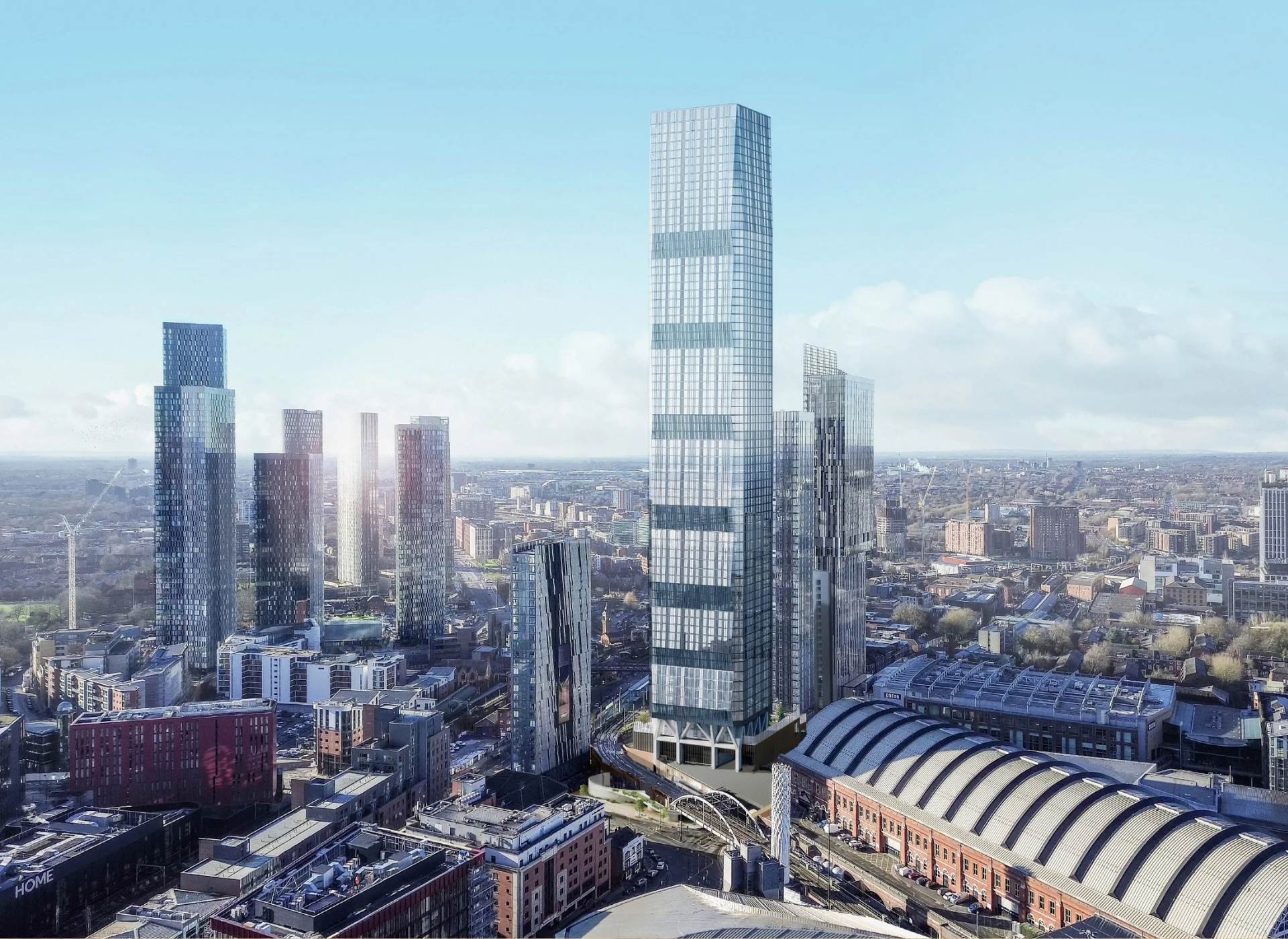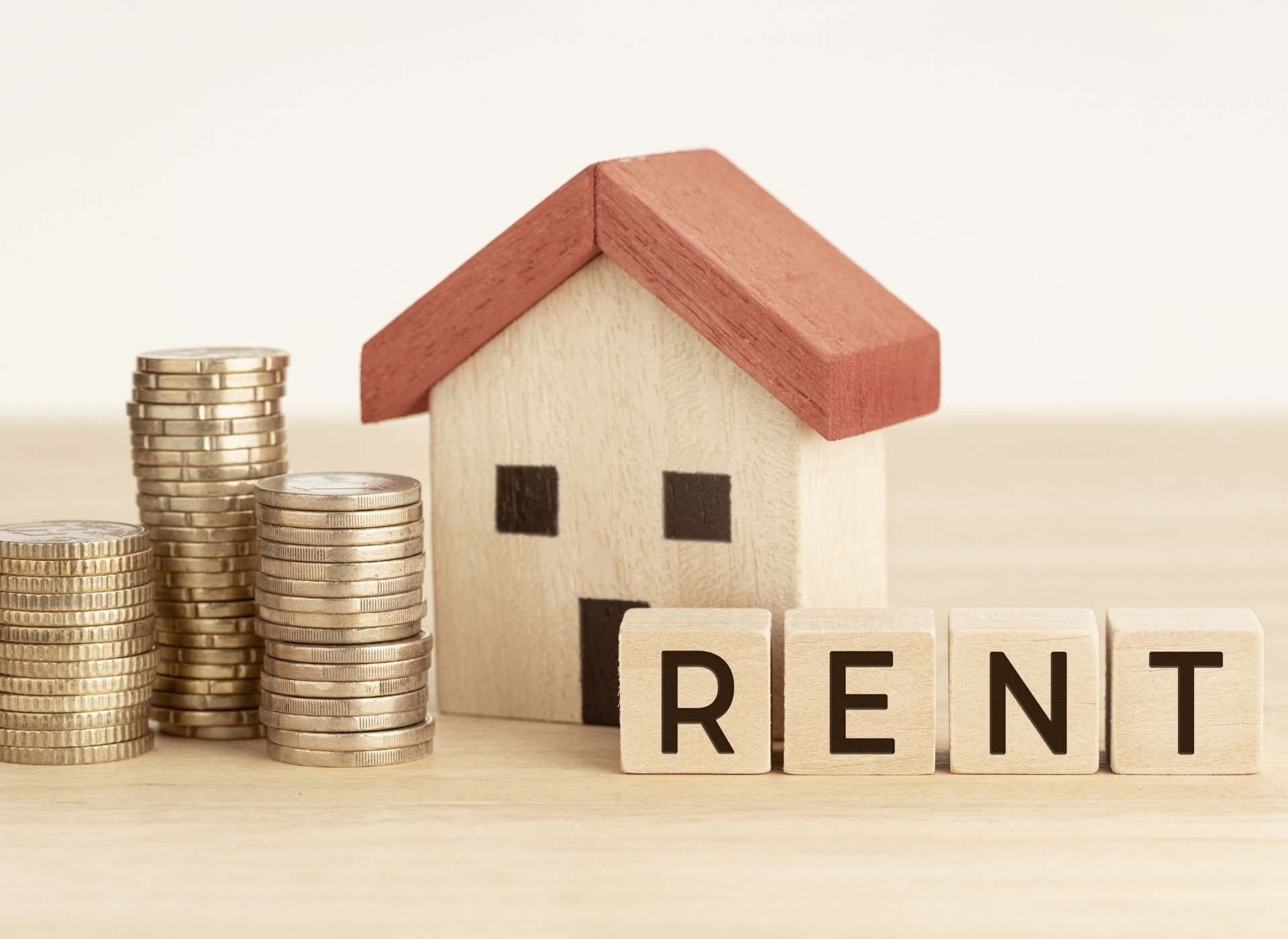Table of Contents
The Debate Around Flats vs Houses Property Investment
For investors entering the UK market, one of the most common questions is whether flats or houses provide stronger returns. The flats vs houses property investment debate has intensified in recent years, as affordability pressures, lifestyle shifts, and regeneration projects have changed tenant preferences and investor strategies.
Flats are often associated with city-centre living, strong rental yields, and regeneration-led growth. Houses, meanwhile, offer larger space, family demand, and long-term appreciation in suburban or commuter-belt areas. Both property types have unique benefits, but understanding the data is key before deciding where to invest.
Flats: Strong Rental Demand and Affordability
Flats continue to dominate urban rental markets, particularly among students, young professionals, and incoming international tenants who value proximity to city centres and convenience.
According to Zoopla’s June 2025 Rental Market Report, rents have risen 21% over the past three years, while house prices have increased only 4%, highlighting the strength of rental demand in urban flats.
Flats also benefit from lower entry costs and are often located within regeneration zones, such as those in Manchester and Birmingham, which are projected to drive both rental demand and capital appreciation.
Houses: Family Stability and Long-Term Growth
Houses, particularly in suburban or commuter areas, continue to appeal to families seeking space, gardens, and access to quality schools. ONS data shows that household sizes remain significant outside London, supporting consistent demand.
While houses may offer lower rental yields than flats, they often provide greater resilience in capital appreciation, especially in markets with limited supply of larger homes.
Yield Comparison: Flats vs Houses
When comparing yields:
- Flats: Higher gross yields and lower capital investment, especially in urban regeneration areas.
- Houses: Lower yields but often generate long-term value through slower, steady capital growth.
Consumers and investors need to weigh yield versus growth depending on their investment timeframe.
Maintenance Costs and Ongoing Charges
- Flats: May include service charges and ground rent (often substantial for new-builds), but these can cover communal maintenance like lifts and concierge.
- Houses: Avoid service charges but carry all maintenance costs—from roof repairs to garden upkeep—solely on the landlord.
Tenant Demand Trends in 2025
Demand for flats remains high in cities with strong urbanisation and young demographics. Zoopla reports that rental demand tops supply in most cities, with about 12 renters competing for each available property—despite a slowdown.
Meanwhile, houses remain steady in commuter towns and suburban areas, especially where families flourish and infrastructure supports connectivity.
Flats vs Houses Property Investment—Which Should You Choose?
- Choose flats for immediate yield, low entry cost, and access to urban regeneration.
- Choose houses for longer-term growth and tenant stability, especially in family-oriented regions.
A balanced investment strategy could include both to capture short-term income and long-term appreciation.
Conclusion
The UK property market in 2025 presents promising opportunities in both flats vs houses property investment, it’s all about aligning your investment goals with location, tenant demand, and timeframe.
Ready to act? Contact TK Property Group today to explore tailored investment options across both property types. For regular market insights and forecasts, visit our News Hub.






